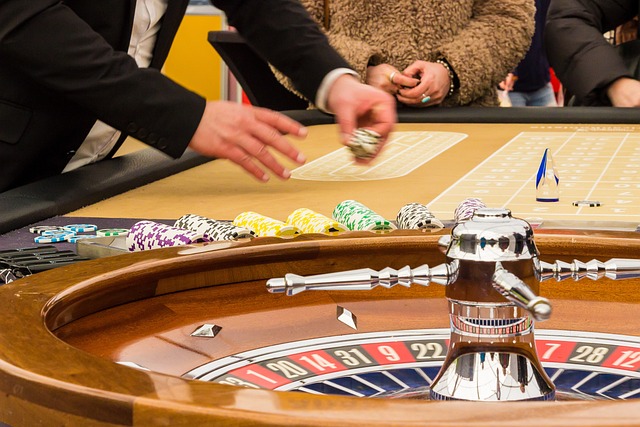Historically, the gambling experiences of women have been somewhat hidden amongst nationally representative statistics and high-level trends. It’s easy to revert to long-held assumptions about preferred activities and less frequent participation. We dive deeper, we can get a much better understanding of what motivates women to gamble. How they engage with different products, and how gambling fits into their day-to-day lives.
Here, we use some of our core telephone survey data and qualitative consumer research, along with other recent studies. We explore how women gamble and the impact that their own or someone else’s gambling can have on them.
How do women engage with gambling?

Recent data on women’s participation reveals that almost half (42%) have engaged in gambling in the past month. Through National Lottery draws other lotteries, scratchcards, IviBet, and bingo. Women between the ages of 35 and 54 have the highest likelihood of engaging in gambling activities (32%). While participation rates are slightly lower among younger and older age brackets. Lotteries and scratchcards are widely loved. However, younger women are engaging in private gambling with friends and playing fruit and slot machines in gaming centers and arcades.
It is also understood that women of all age groups, especially those aged 35 and above, are increasingly engaging in online gambling. One reason for this shift is women transitioning from purchasing National Lottery tickets in person to buying them online.
What motivates women to gamble?
People who play casino games for relaxation tend to find it helpful to get away from it all and just have fun. There are many reasons why some people gamble, and it can also help them socialize.
What do we know about gambling harms experienced by women?

The problem gambling rate (using the mini-screen PGSI) is 0.2% amongst women, with moderate and low-risk rates at 0.9% and 1.4% respectively. The problem gambling and low-risk rates are both lower than their male counterparts. In 2021 we have seen the moderate risk rate ‘balance out’, and the rates for men and women have become almost equal. We will be exploring the data further to understand why this might be.
It’s important to note here that there have, for a while, been questions about the suitability of the tools that are being used to accurately measure and identify female problem gamblers. Some have suggested that the statements covered by the PGSI may not be as effective for women as they are for men. This is a really important area that we’re working to better understand.
One way we are trying to unpick this issue is by improving our understanding of the broader harms that are caused by gambling. It will allow us to zoom in on what these experiences are like for women. From our early piloting of this work, we know that female gamblers are particularly likely to have experienced harm to their mental health, well-being, and finances. A further dimension is the fact that women are also more likely to be experiencing harm as a result of someone else’s gambling rather than their own, with their relationships and financial security being affected.
